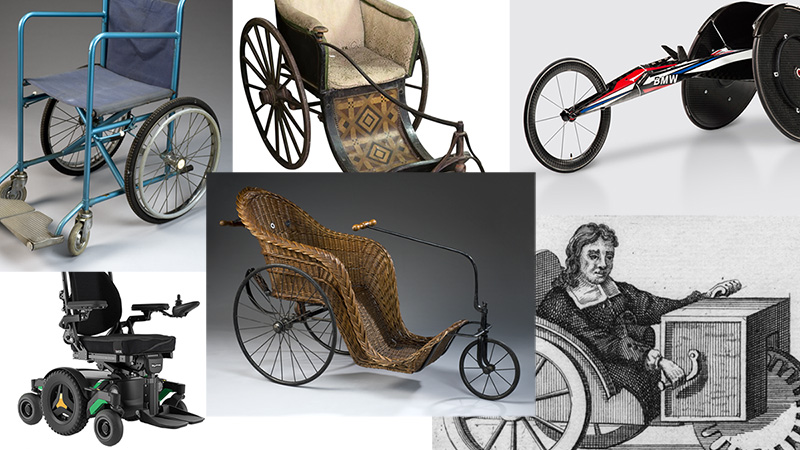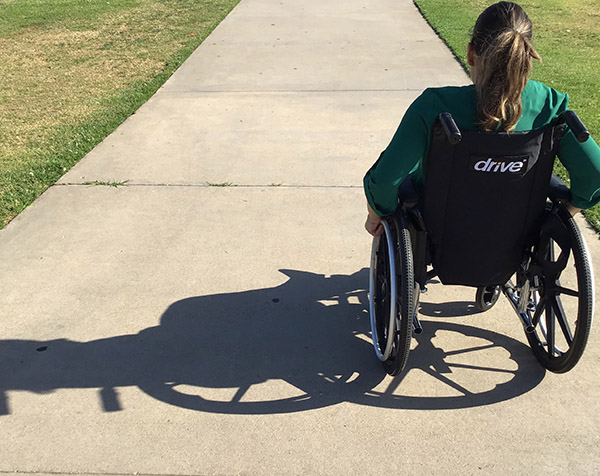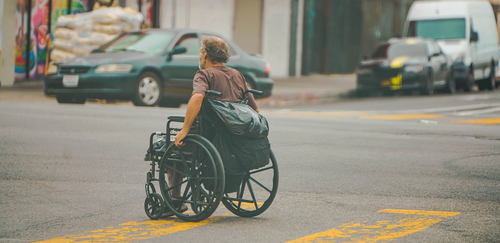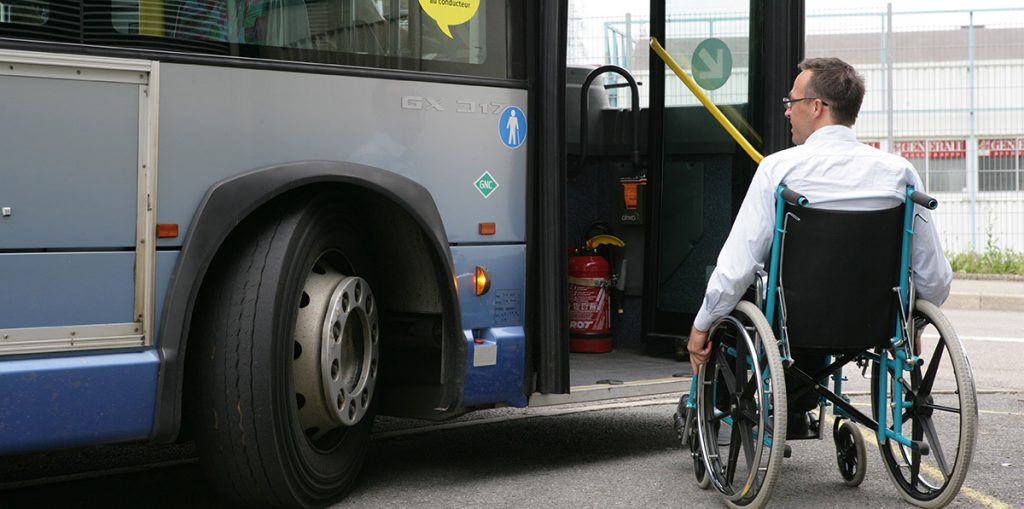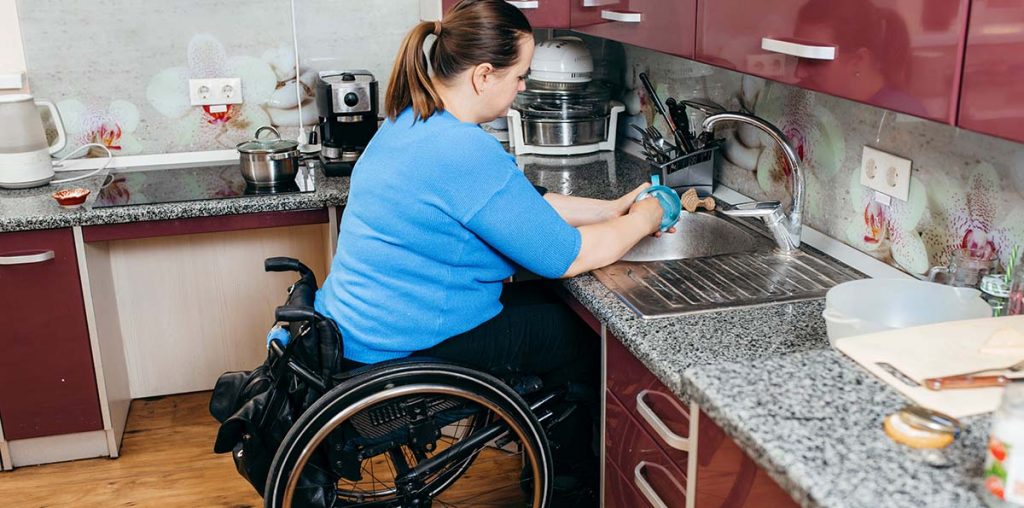Educational Article
“She’s now wheelchair-bound.” “They’ve been confined to a wheelchair for three years.” When we wheelchair users are spoken of, phrases like these are sometimes used -- reflecting the way that some feel about this vital piece of equipment that we rely on. It is seen an instrument of imprisonment, holding us down, keeping us from living full lives. In reality, it is our chairs that give us mobility and independence. Examining the genesis of the wheelchair and how far it has come may help change the way that it is perceived.


